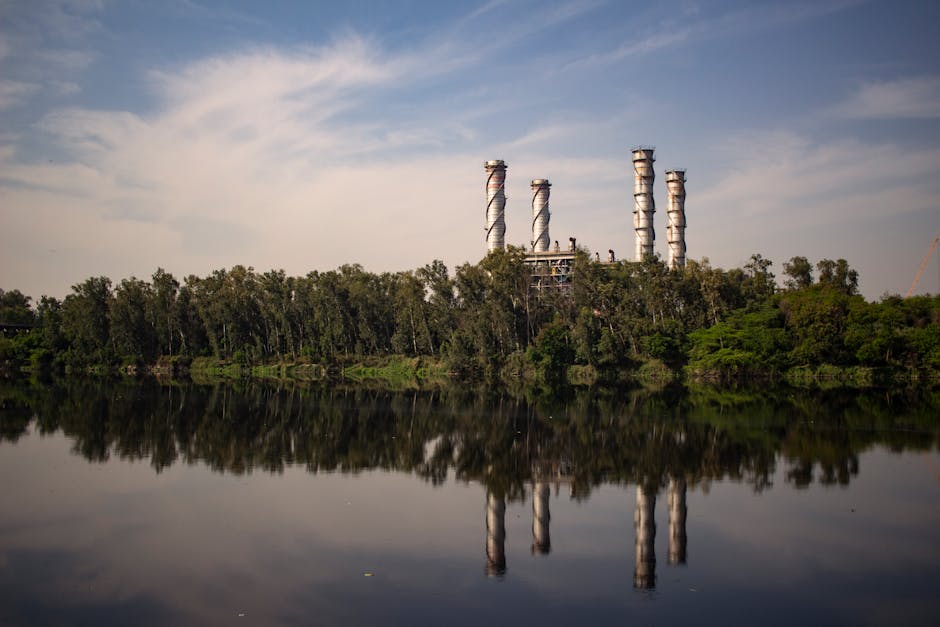India’s Defence Manufacturing Takes a Leap Forward
In a significant stride towards bolstering India’s defence capabilities and reducing dependency on foreign imports, Defence Minister Rajnath Singh inaugurated new production lines at Hindustan Aeronautics Limited (HAL) in Bengaluru. The move underscores India’s commitment to achieving self-reliance in defence manufacturing, a cornerstone of the government’s ‘Atmanirbhar Bharat’ (Self-Reliant India) initiative.
The newly inaugurated facilities at HAL, India’s premier aerospace and defence company, are set to enhance the production of critical components for military aircraft, including the Light Combat Aircraft (LCA) Tejas, Advanced Medium Combat Aircraft (AMCA), and helicopters such as the Dhruv and Light Utility Helicopter (LUH). These production lines are expected to significantly ramp up the manufacturing capacity of HAL, ensuring timely delivery of defence equipment to the Indian Armed Forces.
Rajnath Singh Emphasizes Indigenization
Speaking at the inauguration, Rajnath Singh emphasized the government’s unwavering focus on indigenization in the defence sector. “The establishment of these new production lines is a testament to India’s growing prowess in defence manufacturing. It reflects our resolve to achieve self-reliance and reduce our dependence on foreign suppliers,” he said. The Defence Minister also highlighted the role of HAL in realizing the vision of a self-reliant India, calling it a “pillar of the nation’s defence ecosystem.”
A Boost for Indigenous Defence Manufacturing
The new production lines are a part of HAL’s broader strategy to modernize its infrastructure and streamline its manufacturing processes. With these facilities, HAL aims to not only meet the growing demands of the Indian Armed Forces but also explore opportunities in the global defence market. The company has already secured export orders for its advanced helicopters and is in talks with several countries for the export of the Tejas aircraft.
India’s push for self-reliance in defence comes at a time when the global geopolitical landscape is increasingly volatile. The government has been actively promoting domestic defence manufacturing through policy reforms, including increased allocation for research and development, liberalization of foreign direct investment (FDI) in the defence sector, and the establishment of defence industrial corridors.
Reducing Dependency on Imports
India has long been one of the world’s largest importers of defence equipment, relying heavily on countries like Russia, the United States, and Israel for critical military hardware. However, in recent years, the government has taken decisive steps to reverse this trend. The Defence Acquisition Procedure (DAP) 2020, for instance, prioritizes the procurement of indigenously designed, developed, and manufactured (IDDM) equipment.
The new HAL production lines align with this vision, enabling the domestic production of advanced aircraft and helicopters that were previously imported. This not only saves foreign exchange but also creates employment opportunities and fosters the growth of ancillary industries in the defence sector.
A Vision for the Future
The inauguration of the new production lines is a milestone in India’s journey towards self-reliance in defence. However, challenges remain, including the need for continuous innovation, skill development, and collaboration between the public and private sectors. Rajnath Singh called for greater synergy between academia, industry, and research institutions to develop cutting-edge technologies that can strengthen India’s defence capabilities.
As India continues to modernize its armed forces and address emerging security challenges, the role of indigenous manufacturers like HAL will be crucial. The new production lines are not just a reflection of India’s technical expertise but also a symbol of its determination to emerge as a global leader in defence manufacturing.
In conclusion, the inauguration of HAL’s new production lines marks a significant step forward in India’s quest for self-reliance in defence. With the government’s unwavering support and the industry’s commitment to innovation, India is well on its way to becoming a defence manufacturing powerhouse, capable of meeting its own needs and contributing to global security.
– NextMinuteNews




